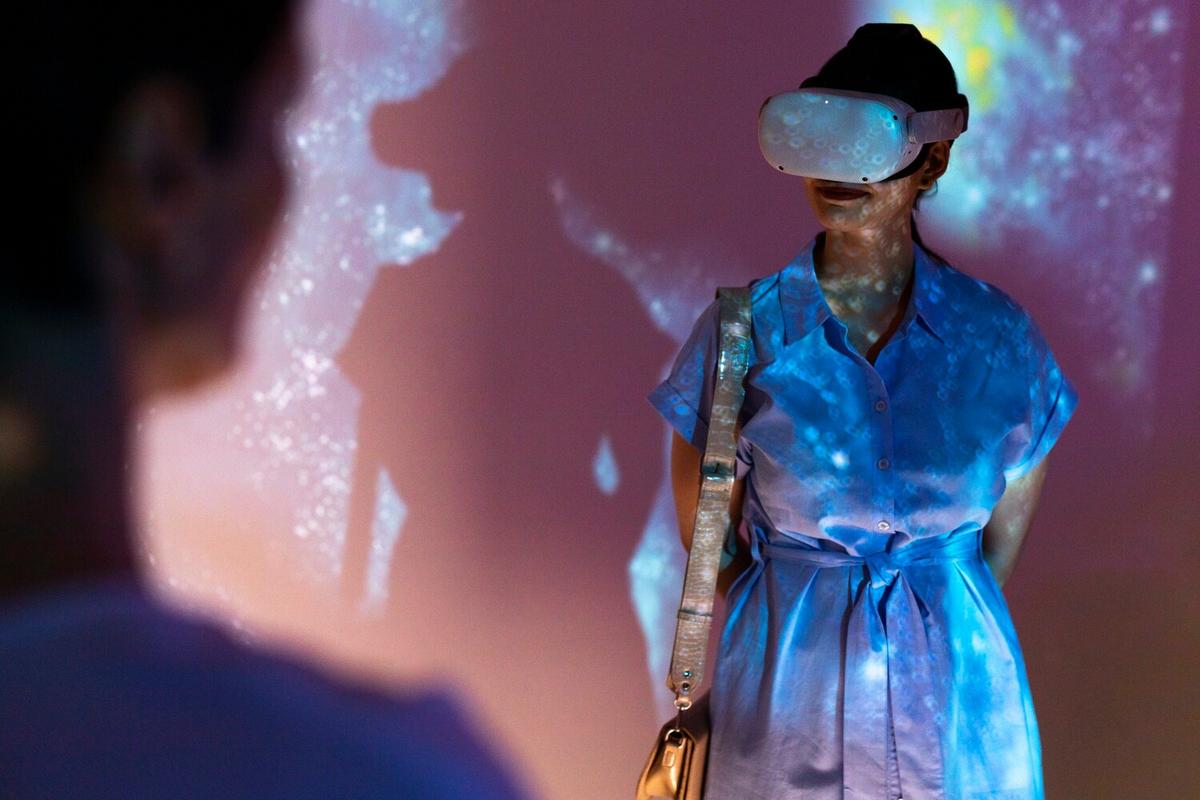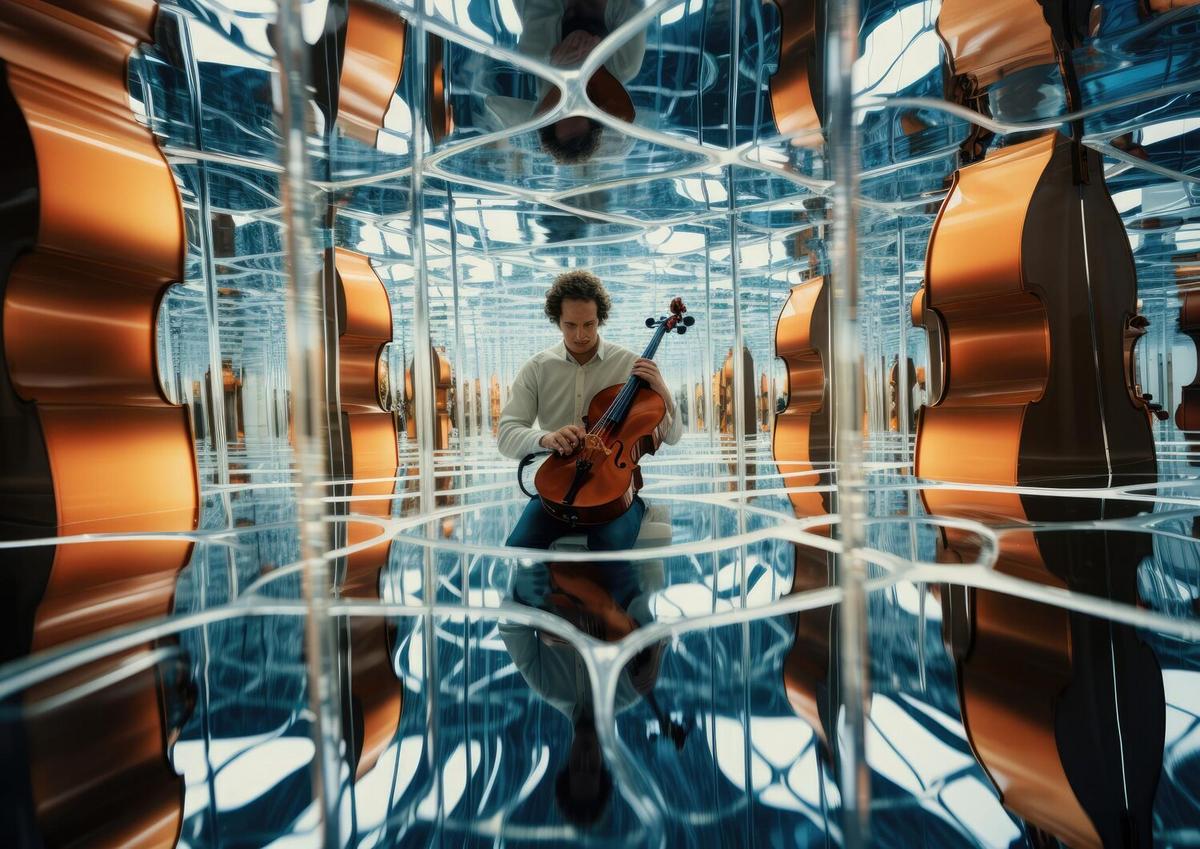Art and technology have always shared a fascinating relationship, evolving together through time. In recent years, blockchain technology has emerged as a pivotal force in the art world, offering new ways to secure provenance and authenticity.
Blockchain technology, often associated with cryptocurrencies, is making waves in the art community. Its decentralized ledger system offers a transparent and immutable record of transactions, which is crucial for verifying the origins and ownership of art pieces. This technology is particularly valuable in combating art forgery, a long-standing issue that has plagued the industry.
Why Blockchain Matters in Art
One significant advantage of blockchain is its ability to provide a detailed provenance record. According to Chris Baraniuk, a technology journalist, “Blockchain’s transparency can revolutionize how we track art ownership and authenticity.” This sentiment is echoed by many experts who see blockchain as a reliable solution to the challenges of art verification.
Statistics and Research
Research conducted by Art Basel and UBS shows that the global art market was valued at $64.1 billion in 2018, with a significant portion of sales occurring online. As digital transactions increase, verifying the authenticity of digital art becomes more critical, and blockchain can play a crucial role in this arena.
Case Study: Digital Art and NFTs
Digital art, often sold as NFTs (Non-Fungible Tokens), relies heavily on blockchain for authenticity. NFTs are unique digital assets verified through blockchain, making them ideal for artists who want to ensure their digital creations are authentic and scarce.
Actionable Tips
- Artists should explore blockchain platforms that specialize in art verification to safeguard their work.
- Collectors can benefit from blockchain by ensuring the art they purchase has a verified provenance.
How Blockchain Secures Provenance
| Feature | Benefit |
|---|---|
| Decentralized Ledger | Ensures transparency and security |
| Immutable Records | Prevents tampering and fraud |
| Smart Contracts | Automates transactions and royalties |
| Enhanced Privacy | Protects buyer and seller information |
| Global Accessibility | Facilitates international trade |
| Cost Efficiency | Reduces transaction fees |
| Provenance Tracking | Verifies art origins and ownership |
| Environmental Considerations | Promotes sustainable practices |
Expert Opinions
According to art expert Maria Thompson, “Blockchain has the potential to redefine the art market, making it more transparent and accessible for everyone involved.”
Frequently Asked Questions
What is blockchain technology?
Blockchain is a decentralized digital ledger that records transactions across multiple computers, ensuring that the data cannot be altered retroactively.
How does blockchain help in art authenticity?
Blockchain provides a transparent and immutable record of an artwork’s provenance, helping to verify its authenticity.
Can blockchain be used for physical art pieces?
Yes, blockchain can be applied to both digital and physical art to track provenance and ownership.
Conclusion
Blockchain technology is proving to be a transformative force in the art world, addressing long-standing issues of provenance and authenticity. As the art market continues to evolve, leveraging blockchain can offer artists and collectors peace of mind, ensuring that the story behind each piece is as genuine as the art itself. By staying informed and embracing these digital innovations, the art community can foster a more transparent and trustworthy marketplace.




Leave a Reply